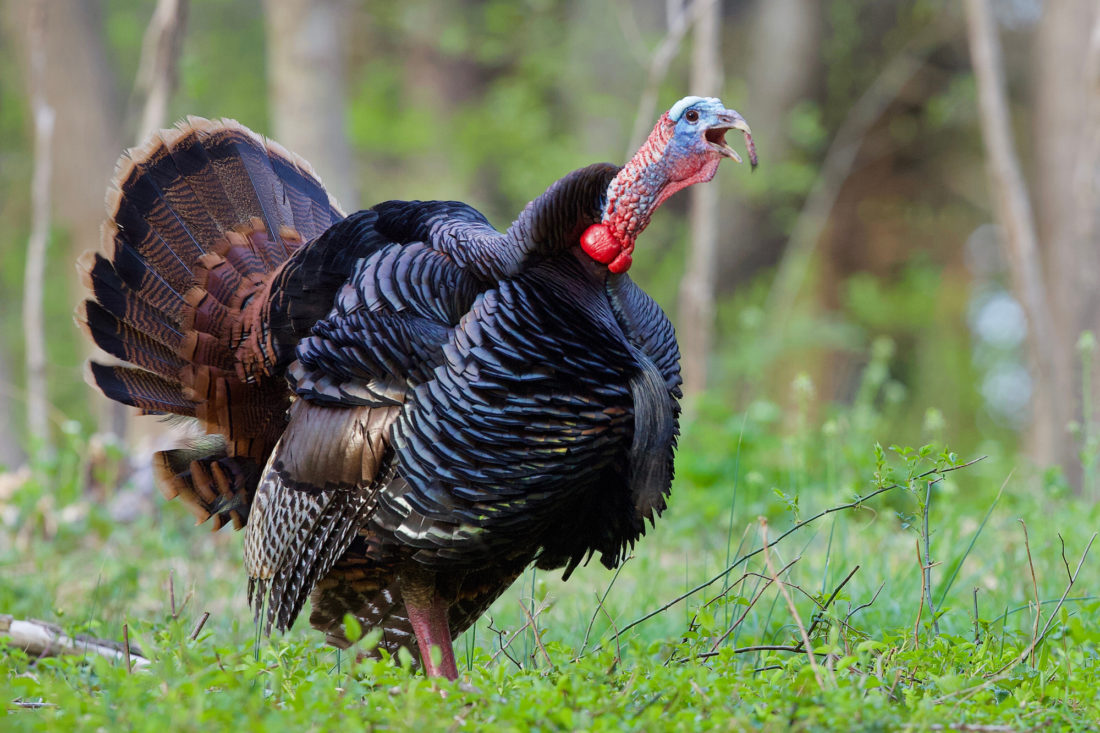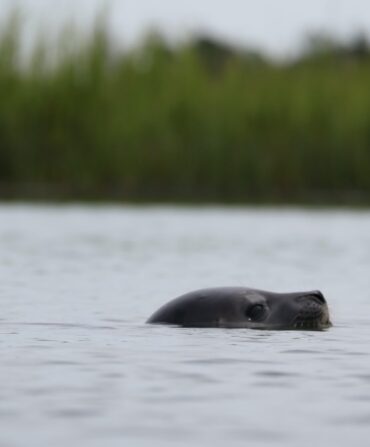It was nice while it lasted. Awesome, actually. But most good things ultimately come to an end, and the rocket-ship ride of soaring wild turkey numbers seems to be winding down in the South and across the country.
From Mississippi Delta pinewoods to Carolina hardwood bottomlands, across public forests and private farmlands, wild turkey numbers largely have entered an era of a puzzling and concerning downturn. Spring harvests nationwide have fallen by nearly twenty percent since 2004. And the number of turkey babies being made has skidded in “precipitous declines” throughout Southeastern states, said the University of Georgia’s Dr. Mike Chamberlin in remarks at the National Wild Turkey Federation’s 2022 Rendezvous in February. During the heyday of wild turkey restoration, in the 1980s and ’90s, nest production topped four poults per nest—meaning that the average nest produced four chicks that grew old enough and large enough to survive without the help of Mom. For many states, that number has slipped well below two poults per nest, which is less than required for replacing populations.
There are a host of potential reasons for the decline, all of which likely interact with each other in various ways across various landscapes. Habitat change is one big driver, says Emily Rushton, wild turkey projects leader for the Georgia Department of Natural Resources. “In the Piedmont particularly, we just don’t have the nesting and brood-rearing cover we need. Forestry practices have moved to shorter timber rotations. There’s not enough fire for management. And where there’s a patchwork of suburban areas mixed in with forest and natural areas, we’ve created really good habitat for predators.” In a landscape gridded with sidewalks and roads, nest-robbing raccoons and opossums thrive. Even in more rural regions, agricultural herbicides hammer insect populations—the tiny bits of protein required by turkey chicks.
In the face of habitat being lost through development or degraded by a lack of forest management, state wildlife agencies have little recourse but to do what they can to dial back harvest numbers—and help turkey hunters understand why.
Take Georgia, a prime example of how states have responded to turkey concerns. This year, the state pushed the opening of turkey season forward by a couple of weeks. The later start, Rushton says, should allow more hens to initiate nests and decrease disturbances to gobblers from turkey hunters in the woods. In addition, the season’s bag limit dropped from three birds to two.
“Turkey hunters have experienced these declines,” Rushton says, “and they understand why we feel like this is an appropriate change.”
Even legislators are weighing in. In Georgia, a contentious bill to allow year-round trapping of raccoons and opossums on private land has cleared both the state House and Senate and is waiting for the governor’s signature.
Other states are following suit on turkey season changes. This year, South Carolina and Tennessee adjusted opening days. Alabama opened the season across much of the state five days later than in the past and cut the season’s total bag limit from five birds to four. Alabama also made it illegal to use turkey decoys during the first ten days of the season, a regulatory shift designed to make it a bit tougher for hunters to kill birds that might still be able to breed hens. And Mississippi moved to reduce non-resident turkey hunter numbers on public lands.
All in all, it’s a tough pill to swallow, but turkey hunters are known for putting the bird first. After wild turkey numbers bottomed out in the mid-twentieth century, the hunting community banded together to kick off and support one of the greatest wildlife restoration stories in modern history. If it takes a bit of turkey belt tightening to turn an ebbing tide for the beloved thunder chicken, hunters have proven they’ll do what it takes to keep wild turkeys in the woods.
Follow T. Edward Nickens on Instagram @enickens.








